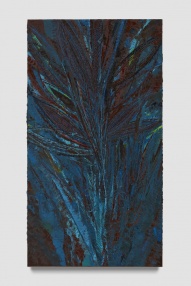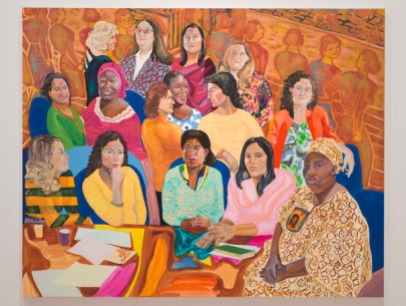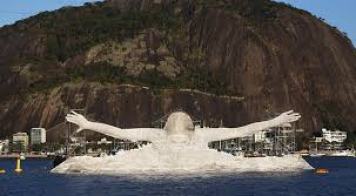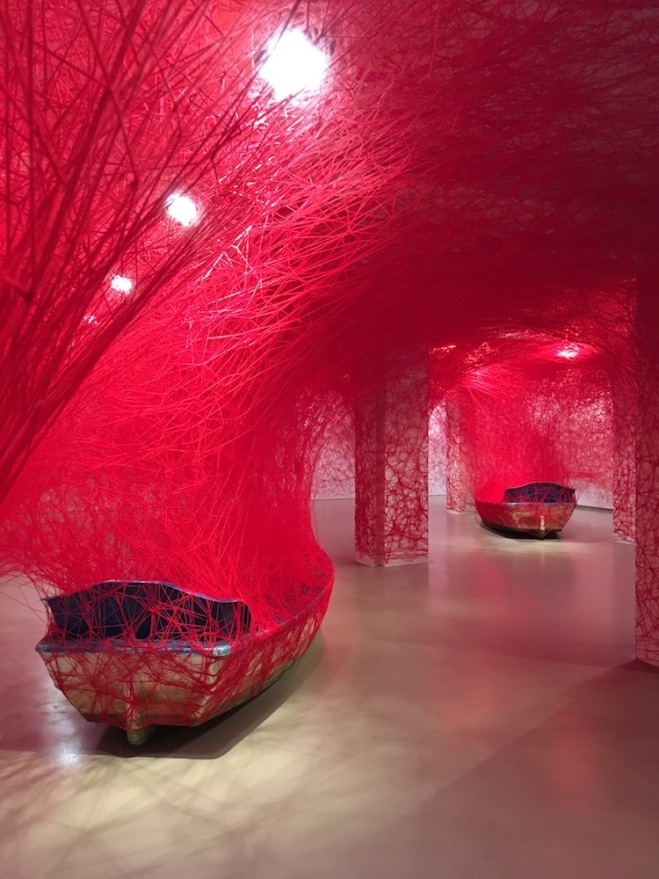Artistfacts: Mark Grotjahn

Time to do a piece on a white American male painter, a group that today is often written about as if they live in the dark ages of abstract expressionist painting. To this effect a lot of the press that Mark Grotjahn has gotten begins with his drinking and drug taking (now a thing of the past), the strength of his market, the names of his collectors, and his ability to control his career and market. (Article in the New York Times by Robin Pogrebin Dated July 30, 2017 “When an Artist Calls the Shots: Mark Grotjahn’s Soaring Prices”.
His collectors are big names in the art world notably. David Geffen is quoted in the article as saying: ” He’s the most important artist of his generation” and Alberto Mugrabi is quoted as saying:” He’s probably an artist who’s in more demand today that any other…- he’s on top”). Mark Grotjahn gets a lot less press and critical writing about his work than who his galleries are- he has four: Gagosian, Anton Kern, Blum and Poe, Shane Campbell and he is not the kind of artist who tends to go into long explantations about what he is doing, his process and philosophies. No manifesto coming out here. As Mark Grotjahn has put it, he does not feel that as an artist you have to know exactly what it is that you are doing and be able to speak about it.
Who cares about all that. Mark Grotjahn is a fabulous, abstract painter, period. One who focuses on line, perspective and color with a strong distinctive voice.

The two series he is best known for are both readily recognizable. He makes dense, crayon based paintings with a focus on vanishing points and a radiant motif- the Butterfly series and he makes dense oil based paintings often completely crafted with a palette knife that include eyes- the Face paintings.



He is comfortable with seriality, i.e. working on an idea over several canvases, or setting up a more rigid system of composition that lets him then explore the act of painting.


He is comfortable with both atonal paintings, one color, variant hues and with wildly colorful, exuberant mixes of color.


As his practice has evolved, he seems to have become even more comfortable with movement, color, line, texture and exploring how the medium is applied- crayon, brush, palette knife, hand.


At the beginning of his artistic career, following in the footsteps of the 10th street galleries in New York, he opened a gallery in Los Angeles called Room 702 where he worked and showed other artists. He also engaged in a conceptual, performance phase where he copied the signs of small business and exchanged them for the real ones, then exhibited the real ones in his gallery as his own artwork “Sign Exchange Project 1992”.

The Butterfly series are created based on a series of self imposed rules. He first selects a precise number of color pencils. choosing colors that hold together in tone and intensity, then, picking the pencils randomly, he applies the colors systematically from left to right. Investigating perspective and vanishing points, he turns the axis of a classical perspective renaissance painting 90 degrees from a horizontal line to a vertical line and plays with tow or more competing and tiered vanishing points. At times one gets quite a psychedelic feel from these. The Butterfly paintings were generally made from 1998 through 2008.


The Face Paintings add eyes, a mouth or a nose. They remain abstract, visceral, totemic, primitive. Eyes peering through thick cut out paint, The color choices seem to include the entire color palette, not steering away from pastels and vivid hues , the effect is rich and strong. The faces are wild and shaman-like. This series contains sub-series with names such as Indians and Non Indians, Circus and the Turkish Forest series. These sub- series are distinguishable mainly by the color palette, the number of eyes, or the formatting of the eyes from almond shaped to leaflike. The strong vertical line in the middle remains the key element from which the composition radiates. This central vertical band generally continues to displays two or more disjoined vanishing points and the paint within it is dragged, scraped, feathered. Mark Grotjahn’s use of paint is aggressive and expressive. One gets the feeling of energy, speed, movement. His canvas is cardboard applied on linen. Underlying the paintings is supposedly a mask like face with a strong ground color that at times pokes through. The critical discourse surrounding his art ties this burying of painterly content under the radial mark making to his grandfather a psychoanalyst.



As a release from the effort of painting, he started to make sculptures out of cardboard, often described as masks. They resemble the sort of work made in Kindergarten using cardboard boxes and toilet paper or paper towel rolls, with holes for the eyes and a jutting tube – nose or phallic member. Now being cast in bronze and painted by the artist’s hand, literally as in fingerprinted, they are elevated, separated from their childish beginnings much as the sculptures by Picasso and Miro left behind their humble origins. These are both enchanting and beautiful.
Some works are signed, some use a nickname- the Moose- the signature becomes a part of the painting.


Well deservedly his work now finds itself in many museum collections where we can enjoy them. Abstract, figurative, rational, expressive, the art terminology is less important than the immense pleasure one gets looking and spending time with these exuberant works. You need to get close enough to smell the paint and admire the techniques then far enough to appreciate the structure and form.
Enjoy them.


















































































